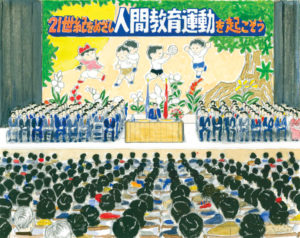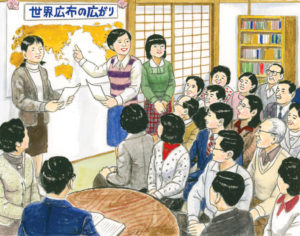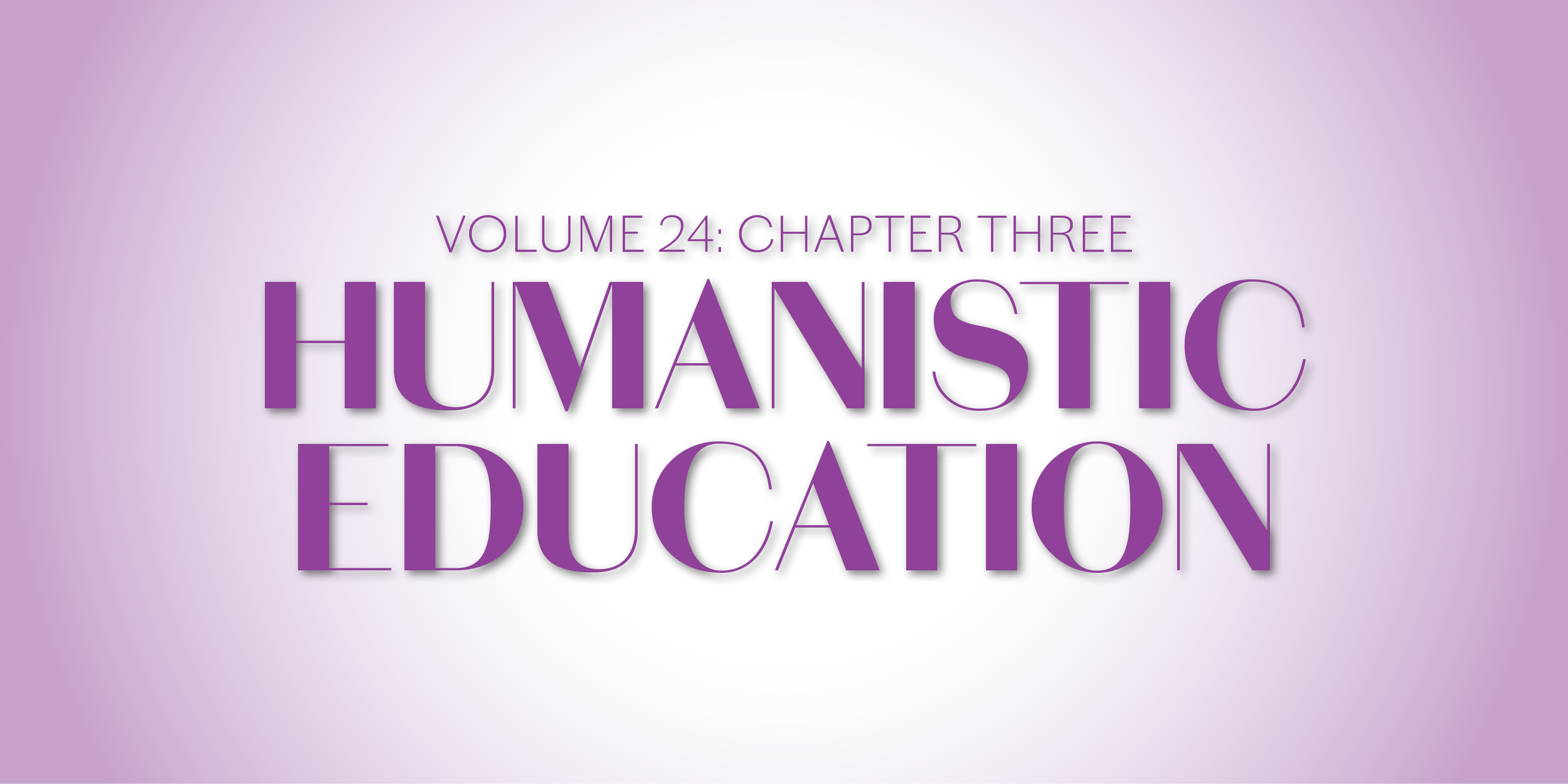Chapter Summary

Illustration courtesy of Seikyo Press.
In 1977, the Soka Gakkai aimed to strengthen the front lines of the organization, which is the main arena of the kosen-rufu movement.
Shin’ichi Yamamoto participated in gongyo meetings for greater block leaders of various divisions and deeply instilled firm confidence in Buddhism in the hearts of all those who attended. In a discussion with top leaders who were taking charge of the greater block leaders meetings on his behalf, Shin’ichi stressed that strengthening the greater block depends on the members experiencing benefit and genuine joy.
Sensing the importance of humanistic education, he had wholeheartedly devoted himself to fostering the education department since its founding in 1961. For each of the major events they held, he sent long messages, offering guidelines for carrying out humanistic education.
Responding to his high hopes, the department members initiated an educational counseling program and parenting classes around the country. At the ninth Education Department General Meeting held on January 7, 1975, its members announced the first draft of the guidelines that they had been working on together to initiate a humanistic education movement.
Following this general meeting, many events were held where teachers shared their experiences of promoting this humanistic education movement. A collection of teaching experiences by representative members titled Stories of Dedicated Teachers was also published.
On February 6, 1977, Shin’ichi attended the 1st Tokyo Education Department Meeting. He emphasized that for the Soka Gakkai to continue developing, it is vital that it remain committed to working for humanity and staying firmly on the side of the people at all times. The members of the education department boldly set forth to create a new era for initiating a groundswell of humanistic education.
Unforgettable Scene

Illustration courtesy of Seikyo Press.
Toward an Era of Human Revolution
In 1977, with the goal of strengthening the greater blocks (equivalent today to districts), all Soka Gakkai leaders dove into supporting discussion meetings.
When the top leaders returned to the Soka Gakkai Headquarters aft er participating in greater block discussion meetings, Shin’ichi would always ask them how many youth division members had attended, and especially, whether the young women’s division members were in high spirits.
Shin’ichi would be overjoyed when he heard that young women’s division members had cheerfully presented reports on their studies, personal experiences or activities.
On one occasion he said: “I’m glad to hear that. It means our organization has a bright future. One of the reasons the Soka Gakkai has grown to the extent we see today is that we have consistently valued youth and enabled them to be active in the forefront of the organization, fostering them.
“The times are rapidly changing. The fundamental essence of our faith won’t change, but the way we operate and the style of our organization, has to adapt to the times. …
“We have to keep up with the changes in our society and learn about new ways of thinking from our youth. …”
Shin’ichi was always thinking about the future, especially the twenty-first century, from every conceivable angle. …
Founding Soka Gakkai President Tsunesaburo Makiguchi, who established the theory of value, emphasized the importance of warning about the negative consequences of loss or retribution that arises from failing to create value. Second President Josei Toda, in order to make the general public aware of the greatness of Buddhism in the aftermath of World War II, emphasized that Buddhism is the way to overcome suffering due to poverty, illness and family problems, and stressed the power of the Gohonzon. For us the question is: What do people seek from Buddhism now, and what aspect of Buddhism should we emphasize when we share it with others?
Having engaged in open and frank conversations with young people, Shin’ichi felt that individuals, society and the world were seeking human revolution— the process of becoming a person who is strong at heart and takes on life’s hardships in a positive way—and regarding Nichiren Buddhism and the Soka Gakkai with expectation. While it was apparent that people were still looking to Buddhism as a means of resolving such things as economic difficulties and illness, he noticed that young people in particular were focused on transforming themselves and their ways of living. He sensed the approach of an era of human revolution. (The New Human Revolution, vol. 24, pp. 180–82)
Key Passages
Discussion meetings are the “great earth” of the Soka Gakkai. When that ground is well tilled and nourished, trees flourish, flowers bloom and fruits ripen. (NHR-24, 179)
■ ■ ■
The Soka Gakkai is a place for humanistic education, teaching people how to polish and elevate themselves, live in a genuinely humane way and work for the good of society. (NHR-24, 186)
You are reading {{ meterCount }} of {{ meterMax }} free premium articles

